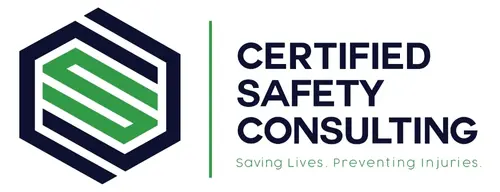INDUSTRIAL HYGIENE
INDUSTRIAL HYGIENE is the science and art devoted to the anticipation, recognition, evaluation, prevention, and control of those environmental factors or stresses arising in or from the workplace which may cause sickness, impaired health and well being, or significant discomfort among workers or among citizens of the community.
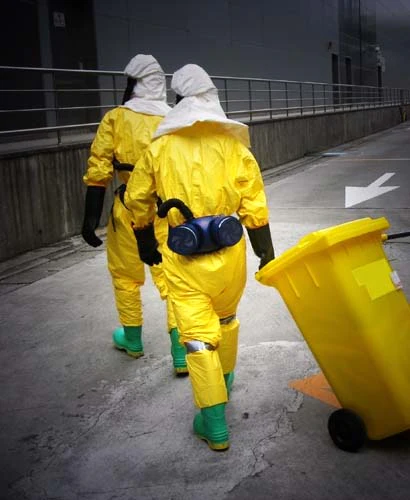
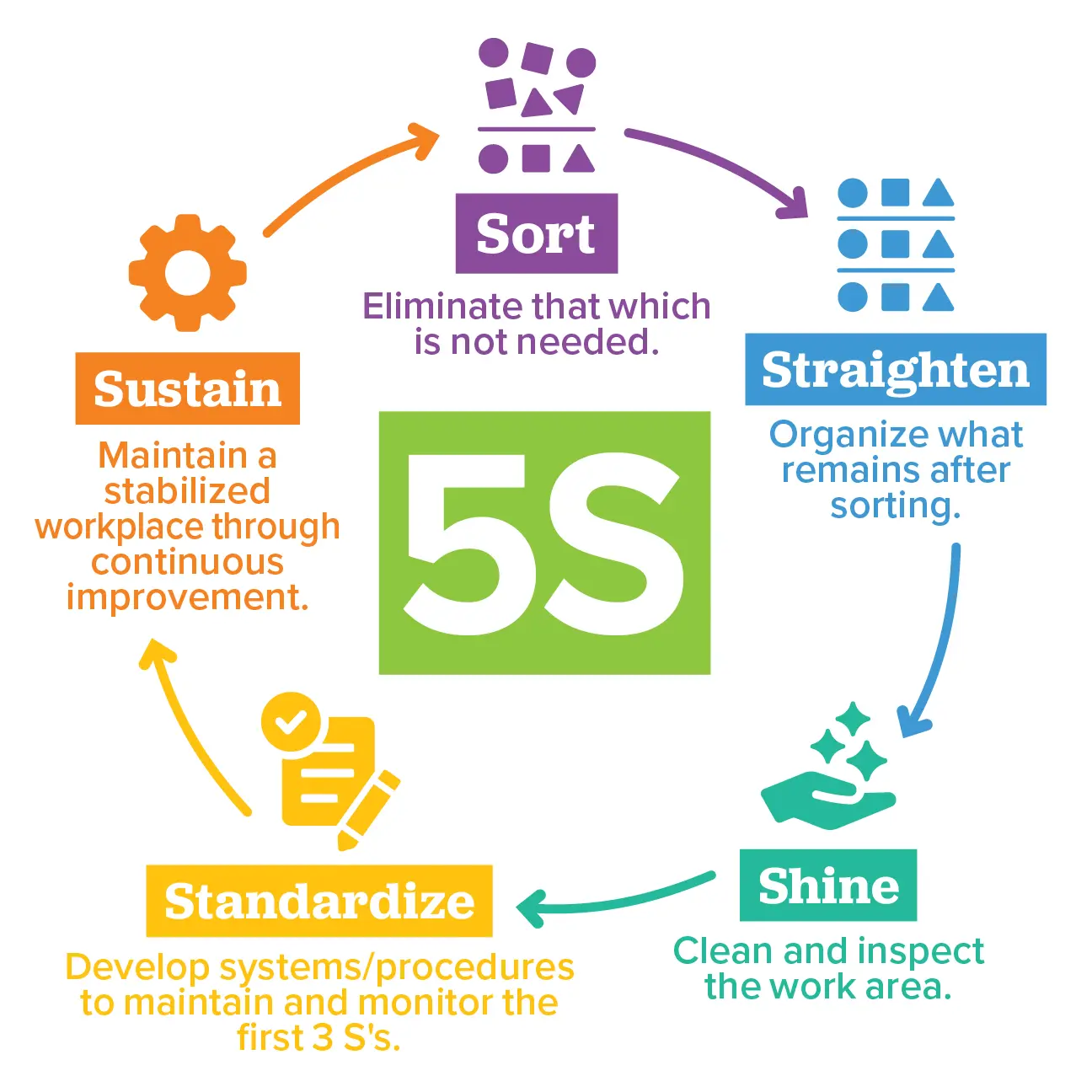
INDUSTRIAL HYGIENE
By prioritizing industrial hygiene, we commit to safeguarding employees from potential occupational hazards and ensuring a healthy work environment. This proactive approach not only adheres to regulatory standards but also enhances productivity by minimizing the risk of work-related illnesses and injuries.
Through systematic assessments, preventive measures, and exposure monitoring, we will help you create a work environment where employees can thrive, confident in the knowledge that their health and safety are top priorities.
PROFESSIONAL CREDENTIALS:
- Certified Industrial Hygienist (Certificate No. CP 10353)
- Certified Safety Professional (Certificate No. 20305)
- Certified Professional Ergonomist (Certificate No. 1617)
Chemical Exposure Assessment
Noise Exposure Survey
Indoor Air Quality (IAQ) Survey
Respiratory Protection Program Assessment
Ergonomics Assessment
Heat Stress Assessment
Confined Space Assessment
NEED A SITE INSPECTION OR CLEARANCE TESTING? MAYBE A NOISE TEST?
INDUSTRIAL HYGIENE PURPOSES
These industrial hygiene surveys are critical tools for identifying and addressing various workplace hazards, ensuring the health and safety of employees, and maintaining compliance with occupational health and safety regulations.
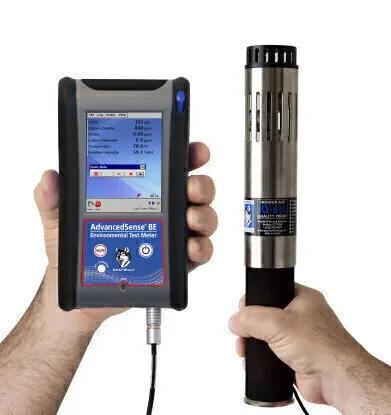
AIR QUALITY MONITOR
These portable devices measure air quality parameters such as particulate matter, volatile organic compounds (VOCs), carbon dioxide, and humidity. Air quality monitors help assess indoor air quality, identify potential pollutants, and ensure a healthy working environment.
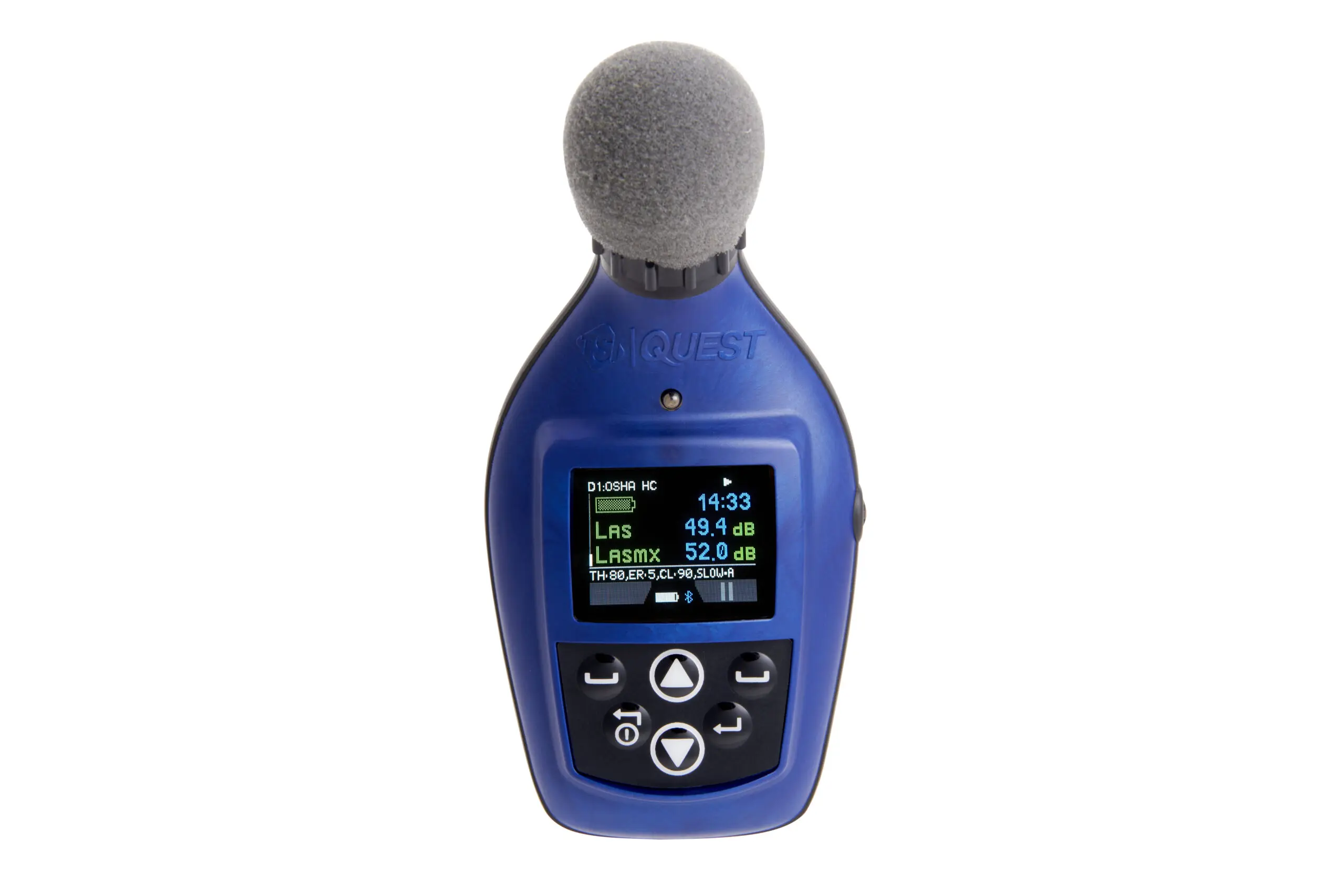
PERSONAL NOISE DOSIMETER
This wearable device tracks a person’s noise exposure over time. It provides data on the amount of noise an employee is exposed to during the course of their workday, assisting in determining compliance with noise exposure limits and implementing effective control measures.
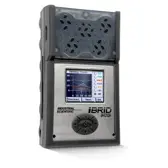
HANDHELD GAS DETECTOR
Handheld gas detectors are small devices that detect the presence of certain gases in the air. They are frequently used in industrial settings to detect the release of hazardous gases and to ensure that workers are not exposed to dangerous concentrations.
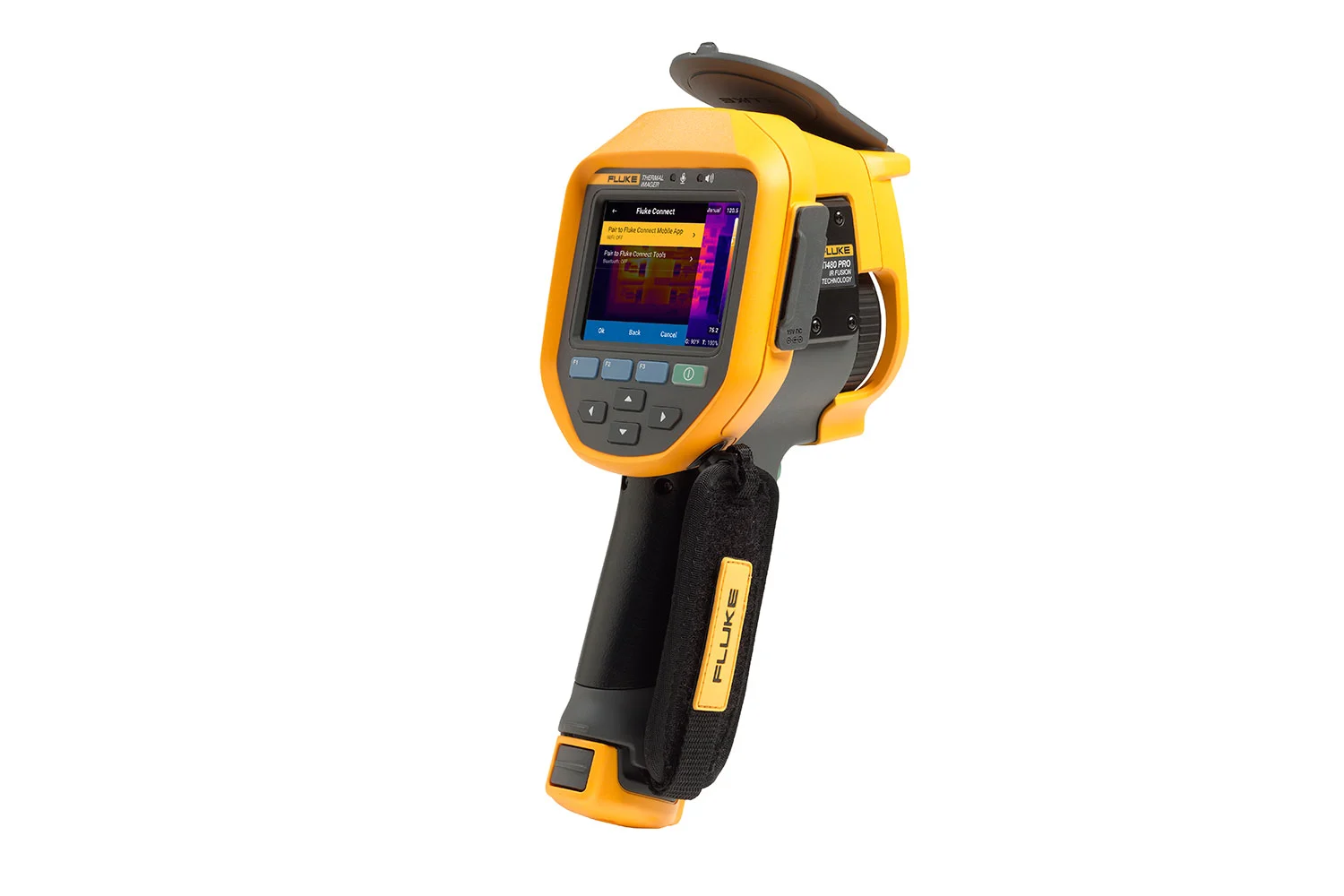
THERMAL IMAGING CAMERA
Thermal imaging cameras aid in detecting variations in surface temperatures. In industrial hygiene, these cameras can be used to identify potential heat stress hazards, inspect electrical systems for overheating, and evaluate the effectiveness of thermal control measures.
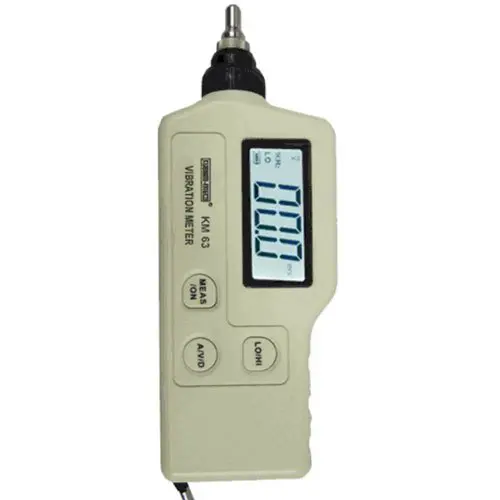
VIBRATION METER
Vibration meters assess the level of vibration in machinery or workplaces. Excessive vibration can be hazardous to one’s health, especially for workers who operate vibrating machinery. Vibration meters assist in assessing and controlling these risks in order to avoid conditions such as hand-arm vibration syndrome.
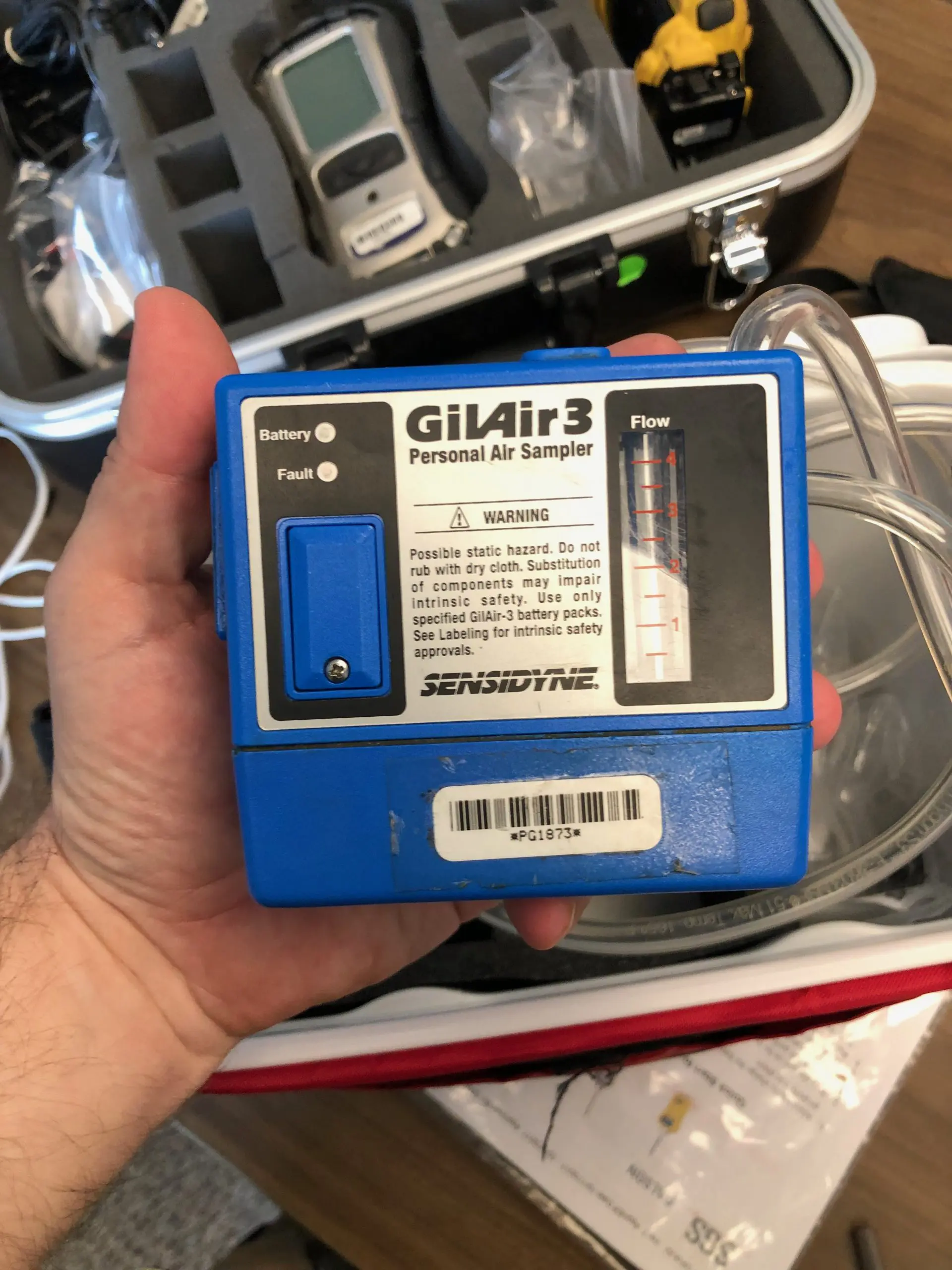
PERSONAL AIR SAMPLER
A personal air sampler is a device that is worn by an individual and is used to collect samples of the air that they are breathing. These devices are often used in occupational settings to monitor the air quality in the workplace and to ensure that workers are not being overexposed to hazardous substances.
